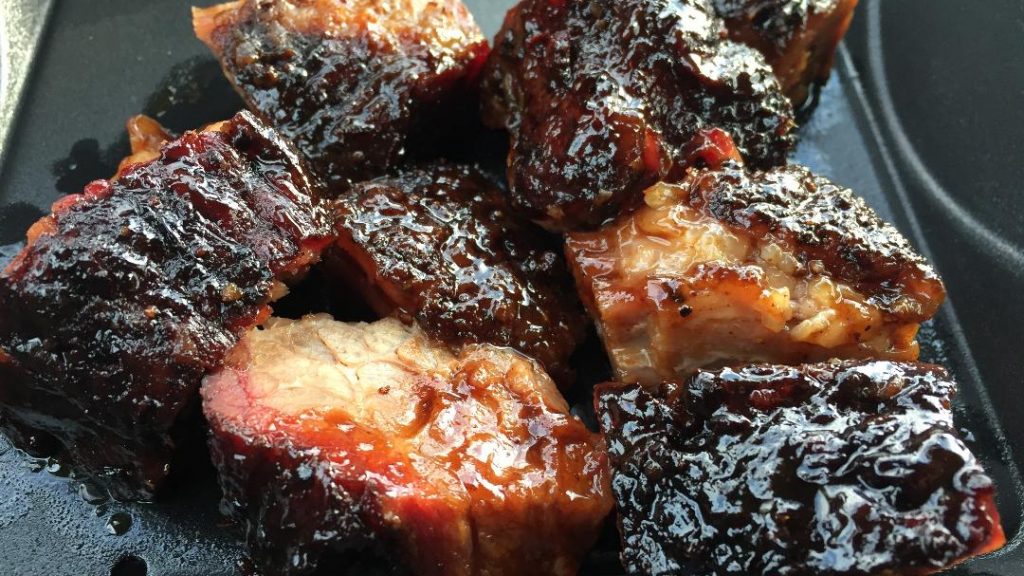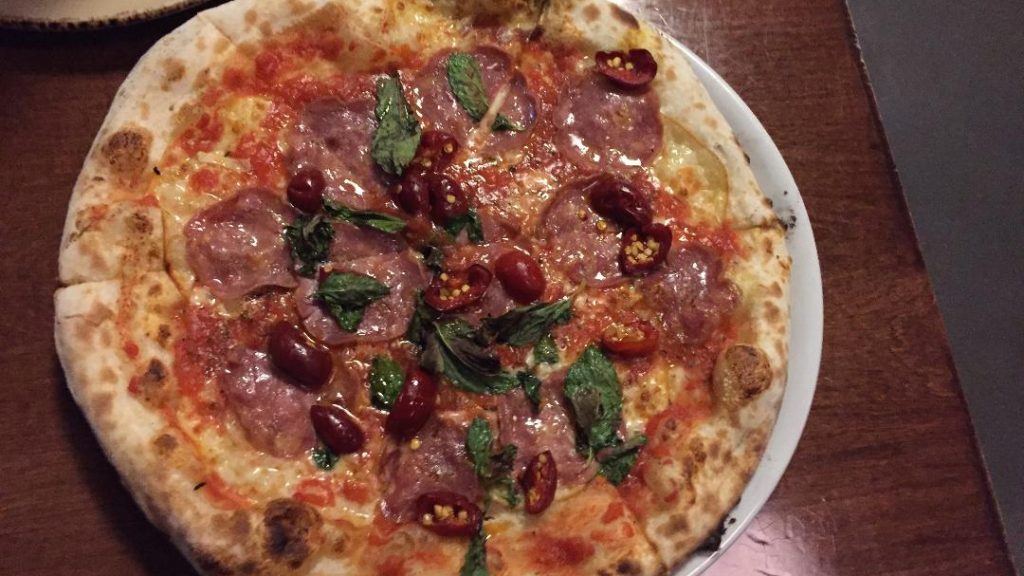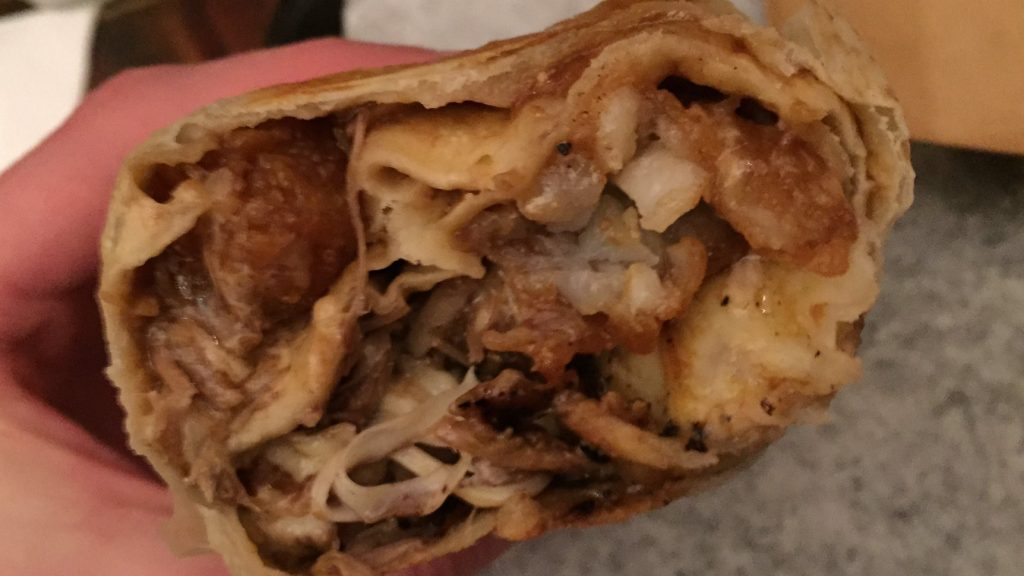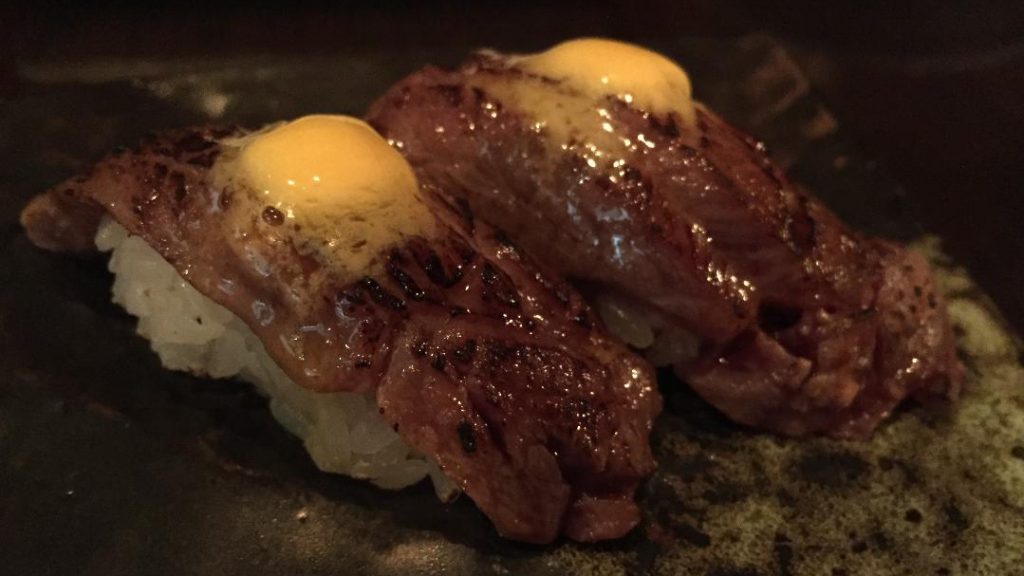I had a chef say something to me recently that radically made me consider how I describe Omaha restaurants.
We were chatting off the mics after recording a podcast when he presented me with a thought:
“I’m always honored when people say we have the best (type of cuisine) restaurant in Omaha. But why do we limit it to Omaha? Why can’t it be one of the best (type of cuisine) restaurants in the region? In America?
“I honestly believe if you dropped my restaurant in Kansas City right now, it would be one of the best. And if it wasn’t, I would want to go eat at the better ones and learn from them!”
The chef wasn’t being arrogant, and he certainly wasn’t hating on Omaha—he adores the city. But he brought up an interesting point. By constantly discussing our restaurants within the “best in Omaha” frame, are we downplaying their greatness?
I don’t pose the question as a knock on Omaha’s culinary scene. I’ve been quite vocal about how much I love it.
I typically compare Omaha restaurants to each other for two reasons:
- The great majority of my readers are from Omaha or surrounding cities. It rarely does them much good to compare Omaha restaurants to the top eateries in America, which may lay hundreds of miles away, because my readers can’t relate. Without trying those dishes, they have no reference point.
- I’m much more familiar with Omaha cuisine than that of other cities. For example, I’ve eaten at most of the Omaha-area pizza joints several times apiece, so I feel comfortable and confident comparing them to one other. But how can I grade them against pizzas from Kansas City or Minneapolis, cities I have much less exposure to, much less New York, where I’ve never been?
Honestly, I feel this way about national food reviewers. It’s simply impossible to scour the entire country and try every restaurant. While they certainly have more developed palates than I, how can one really name a restaurant the best of its kind in America? That place may be their favorite they’ve experienced, but how can a winner be declared when many of the contestants don’t even get to play?


For these reasons, I generally stick to comparing Omaha restaurants to each other, or occasionally to those in Lincoln or throughout the Midwest. But now I feel myself questioning this tactic.
Am I selling Omaha cuisine short?
For instance, I feel comfortable putting Porky Butts BBQ‘s Burnt Ends up among some of the most beloved in Kansas City, or comparing one of Dante‘s Neapolitan-style pizzas to any in Chicago. I know of New Yorkers who’ve come to Piezon’s Pizzeria and admit it’s as good, if not better, than what they’ve had back home.

Take a second and Google “Poutine Burrito.” The first page of results are mostly related to Block 16. Omaha restaurants are pushing the boundaries in ways other cities are either afraid to do or haven’t thought of.
Oh, and Alton Brown of the Food Network called B16’s Croque Garcon one of his favorite burgers in America. No big deal.
Just thinking on this topic got the wheels turning in my brain. Chef Anthony Kueper (Dolce) is a culinary genius who’s cooked in kitchens across the globe—who’s to say he couldn’t run a restaurant in San Francisco or Boston? Same with Jennifer Coco (J. Coco), Paul Kulik (Le Bouillon and Via Farina), and Ben Maides (Au Courant). These are but a few of chefs that could cook anywhere, and they’ve chosen Omaha.
Incredibly talented chefs like Nick Strawhecker (Dante), Paul Urban (Block 16), and Colin Duggan (Kitchen Table) have cooked in more recognized cities, yet they’ve returned to Omaha. Cedric Fichepain (Le Voltaire), Dario Schicke (Dario’s Brasserie), and Carlos Mendez (The Hunger Block) have come from other countries to share their tremendous cuisine with our lucky city.
Heck, Sage Student Bistro—which is operated by students in the Metropolitan Community College Culinary Arts program, one of the finest culinary schools in America—could stand up with some of the best restaurants in the Midwest. I honestly believe that.
In December, Bloomberg’s Food Editor Kate Krader published an article titled “The 19 Dishes You Should Have Eaten in 2019.” The list includes meals from Paris, Mexico City, Brooklyn, and more.
Two of the 19 dishes—the Aburi Wagyu from Yoshitomo (in the header photo of this post) and the Cinnamon Cayenne Pinwheels from Farine + Four—came from Omaha restaurants. Meals in Omaha are being listed among the finest in the world.
All of this led me to a final conclusion. I don’t blame this chef for wanting to be more recognized on a national level. His restaurant deserves it.
But rather than looking outside of Omaha for comparisons, it’s time the rest of the country looked at us. It’s started to happen, as there are national articles that recognize Omaha’s culinary prowess.
If we’re going to change the way America views Omaha restaurants, we have to start at home. When I say a restaurant is one the best in Omaha, I consider that a massive compliment, because it is.
I love that Omaha restaurateurs are aiming higher and seeking national recognition. They damn well deserve it. But I just want them to know, if I call a restaurant the best in Omaha, it’s implied that it could stand out anywhere.
And as the rest of America continues to waken and recognize Omaha, that recognition will deservedly come.

